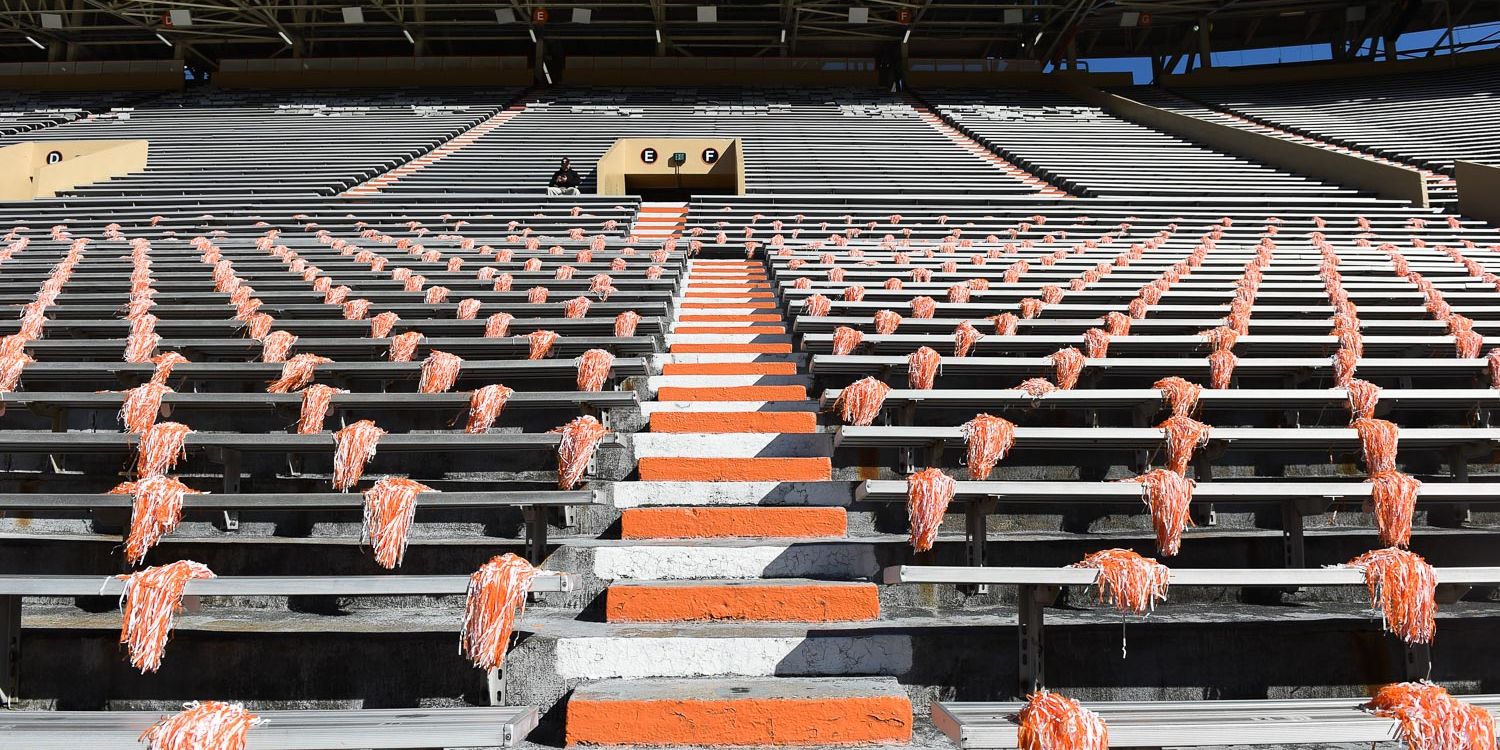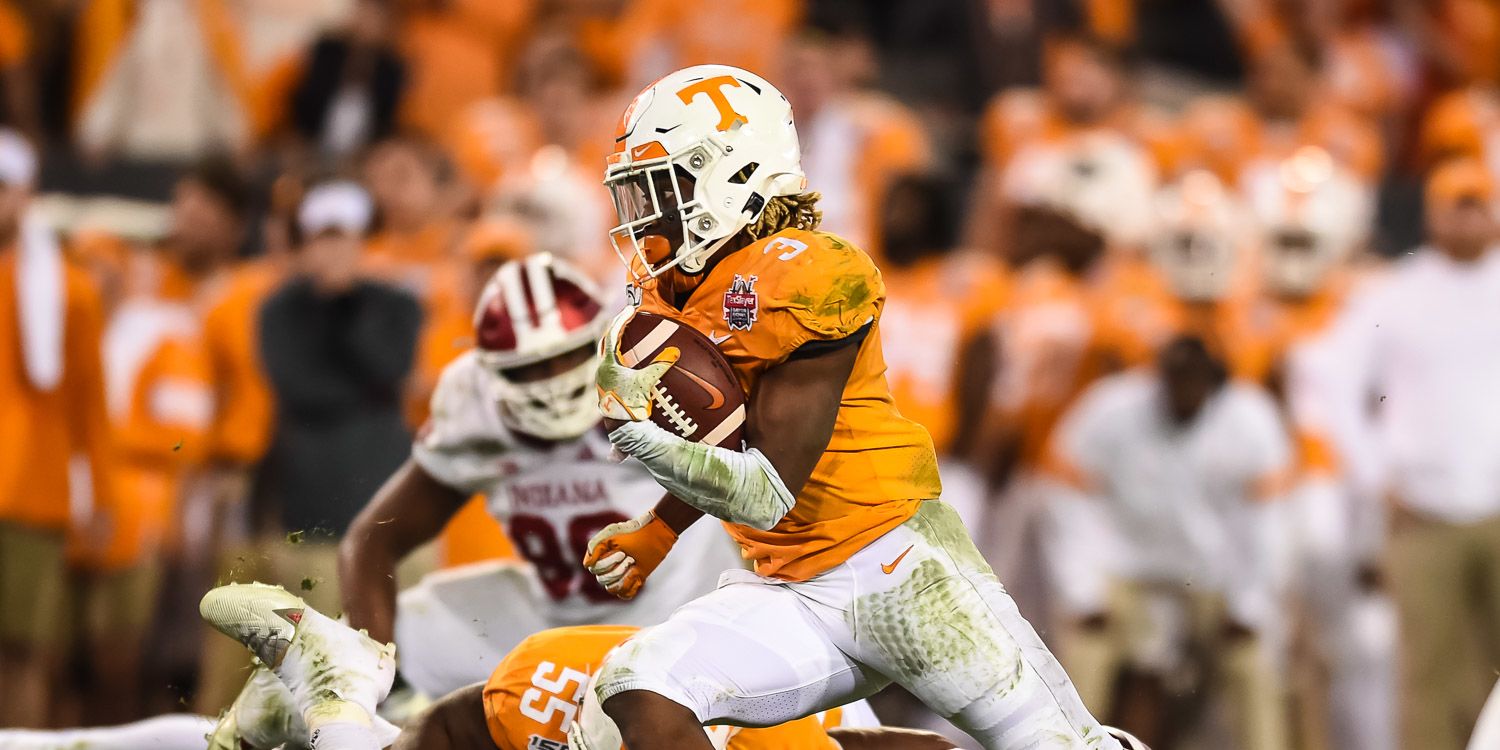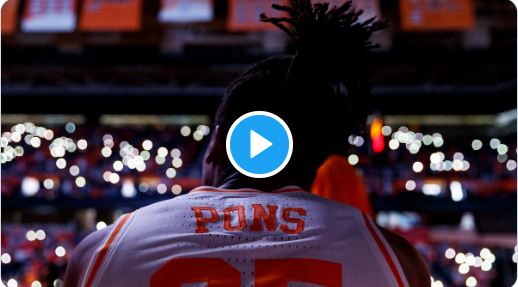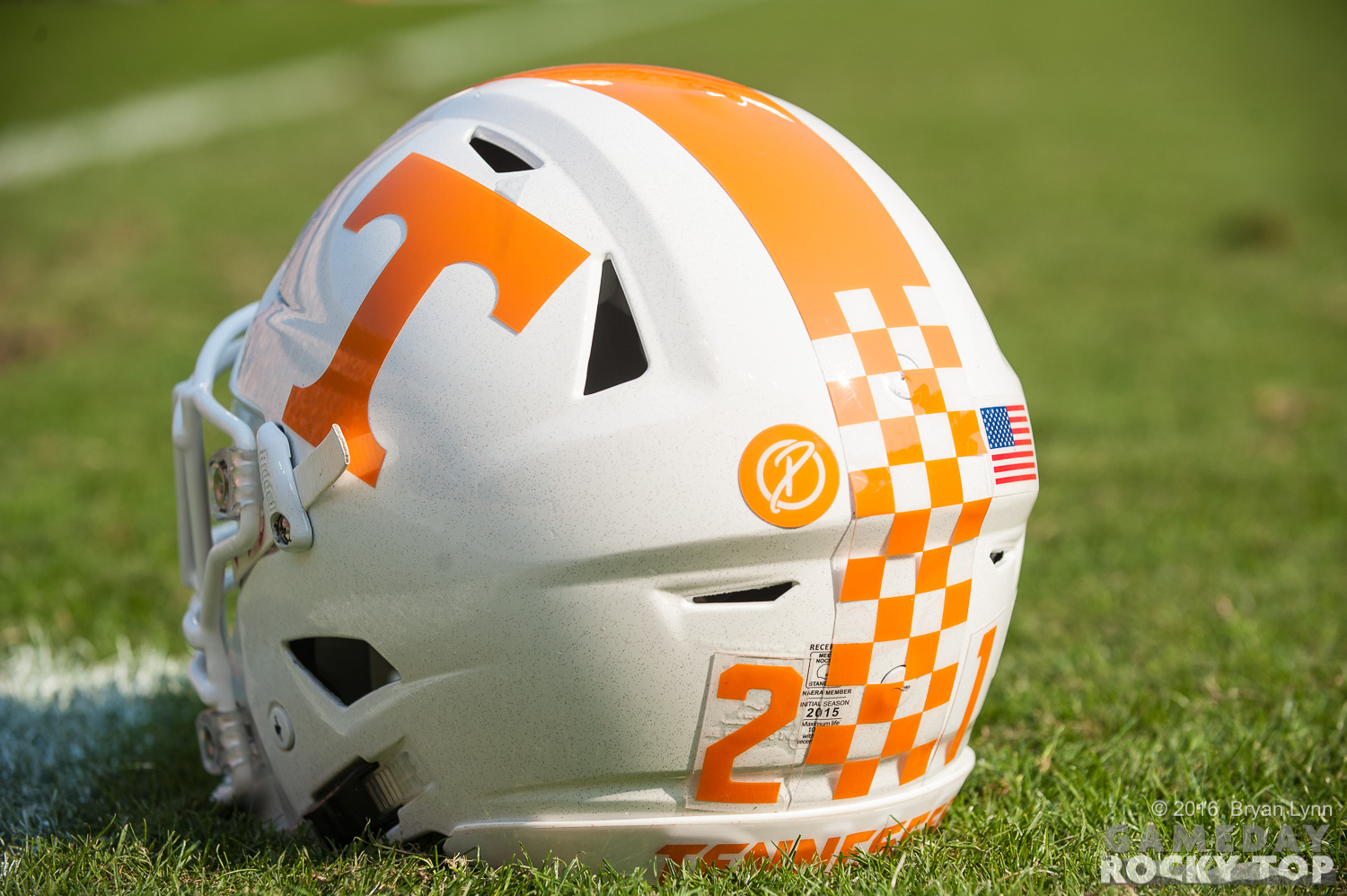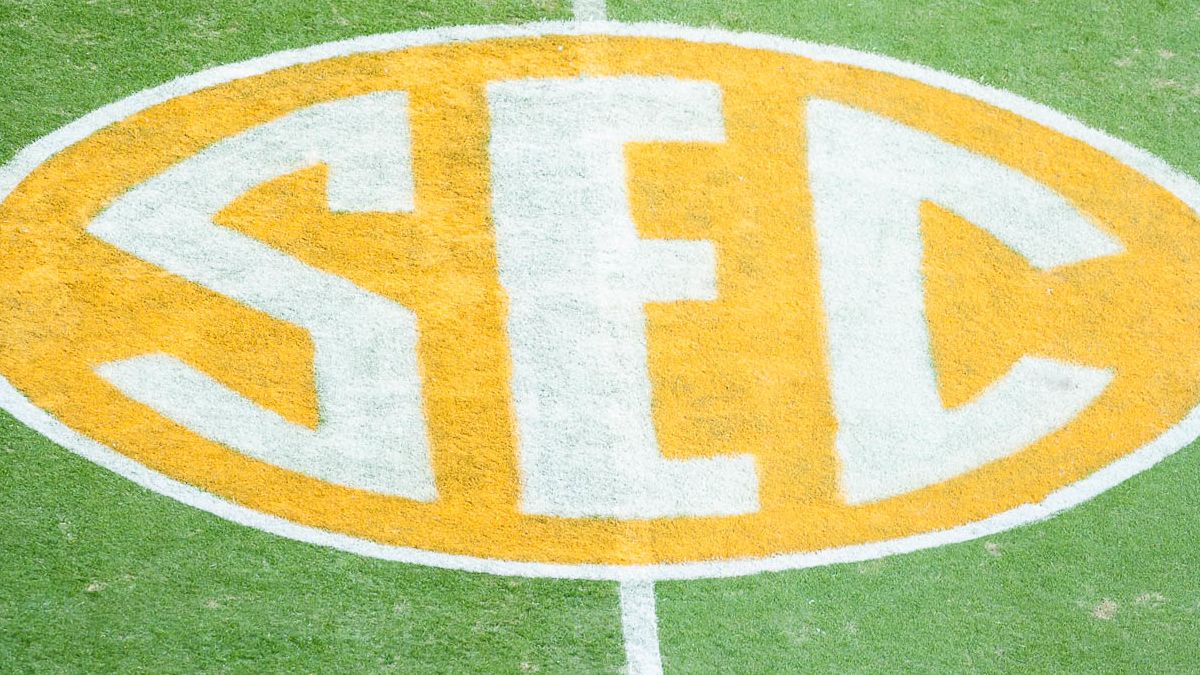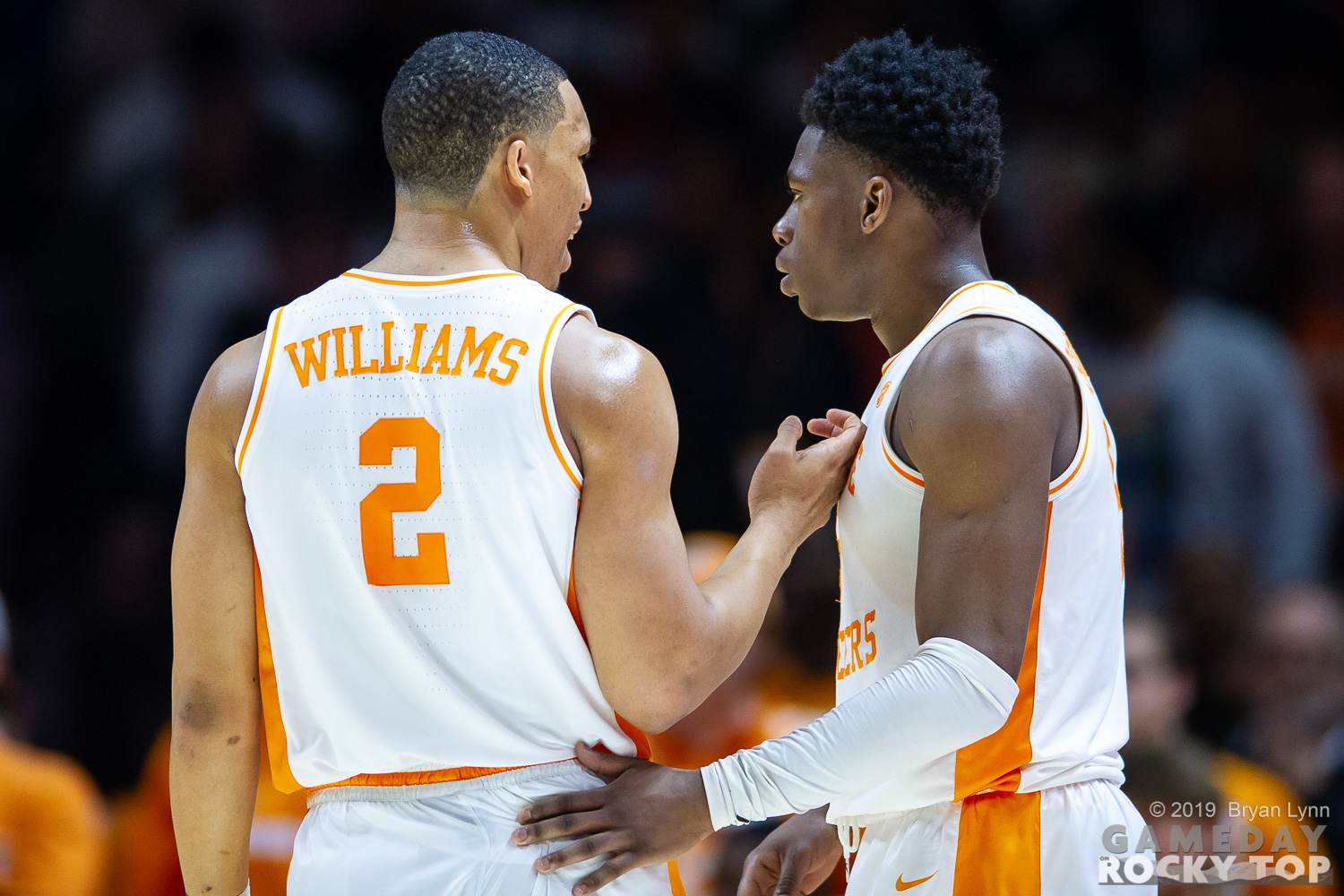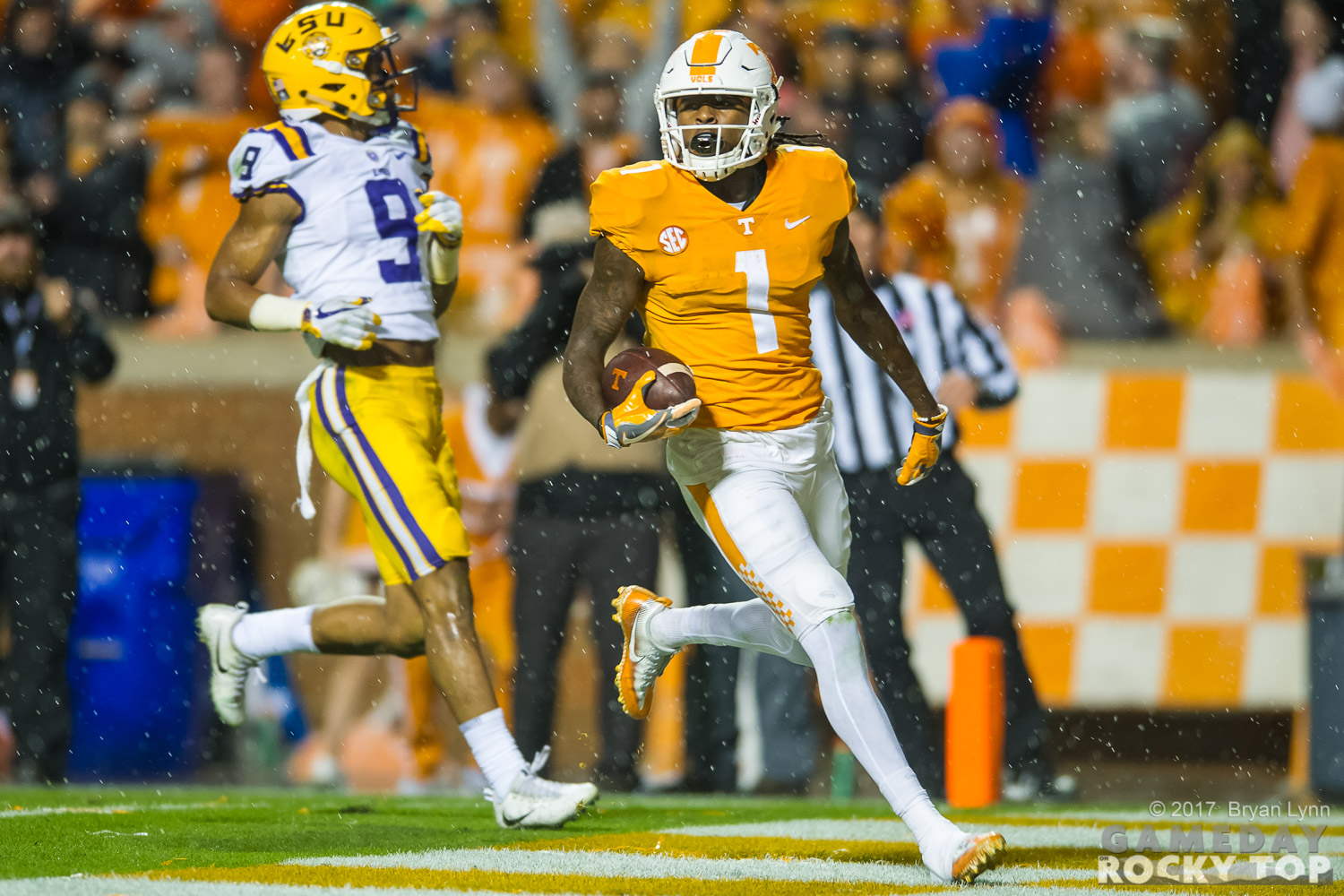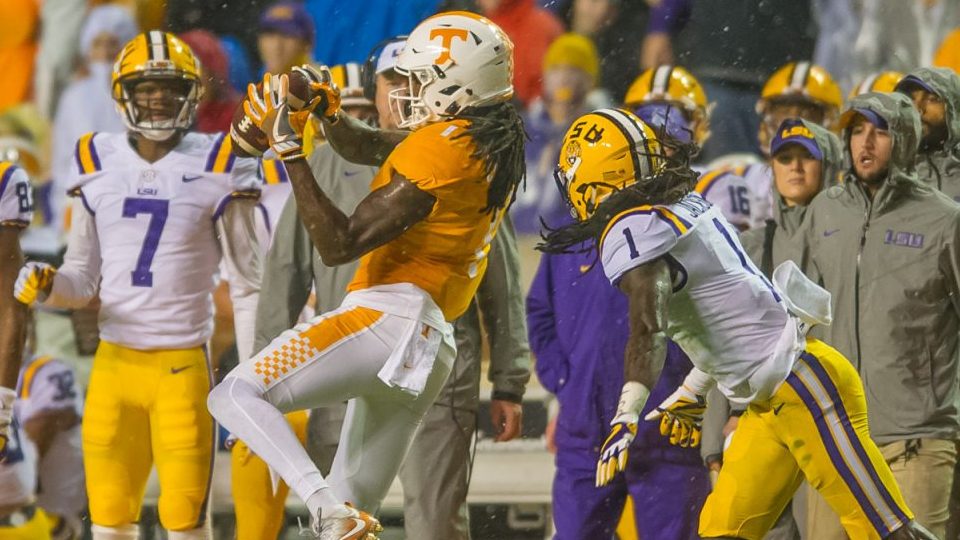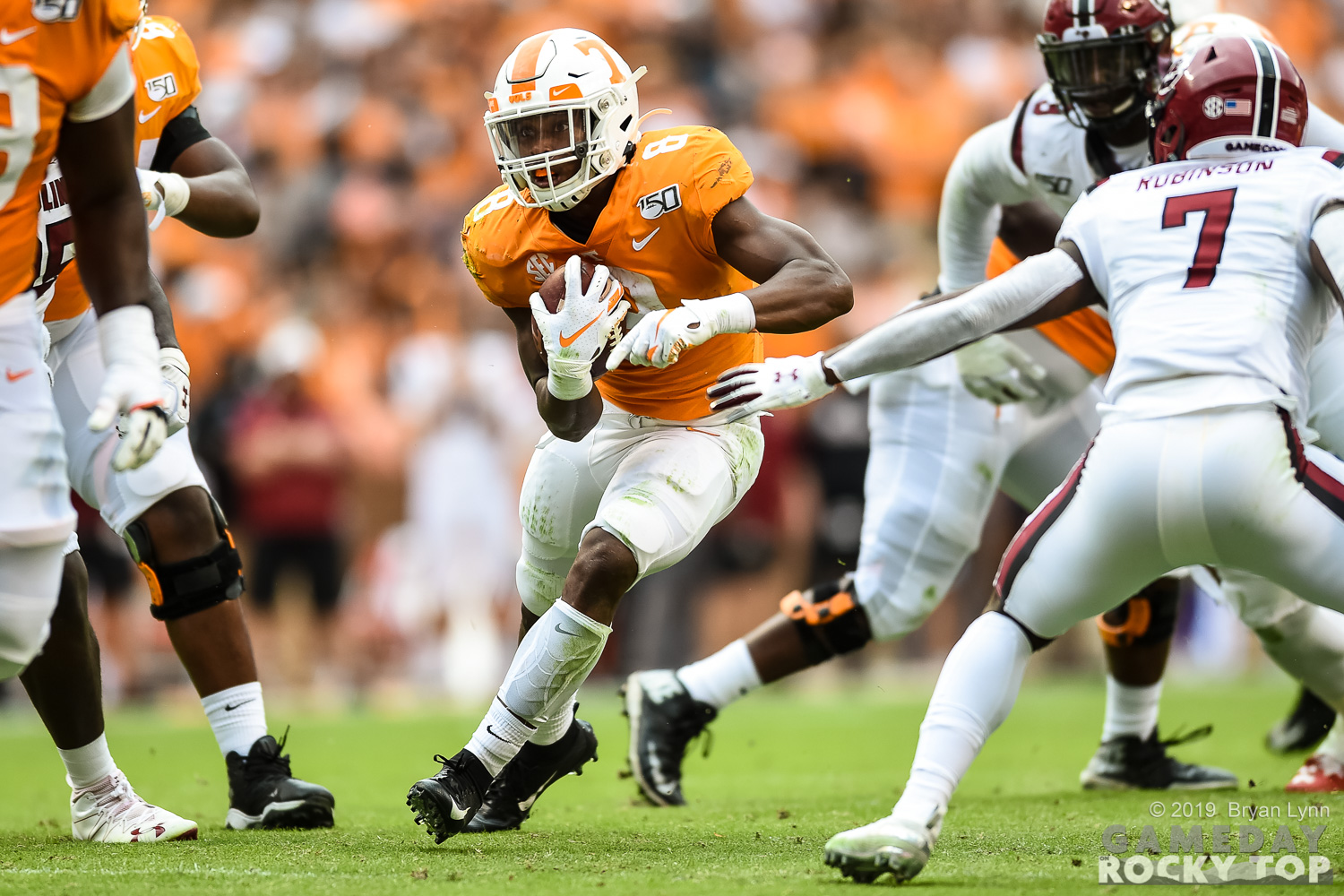The nearest available certainties in sports world right now:
- Bubbles are best, moving the NBA front and center
- If you’re watching the NBA, there’s never been a better time to be a Tennessee fan
The league returned to action with two games last night, and – with apologies to Jordans McRae and Bone, eliminated from playoff contention outside the bubble in Detroit – Tennessee’s NBA contingent in Orlando will see its first action today, with Washington vs Phoenix at 4:00 PM and a showdown between Boston and Milwaukee at 6:30 (ESPN).
Until…well, really until right now, this season, the NBA experience through the eyes of a Tennessee fan was about individual players. Bernard King was a four-time all-star, two-time first-team All-NBA player, and won the league’s scoring title in 1985. Six years after he entered the league, Dale Ellis began an 18-year NBA career that included an all-star appearance and three-point shootout crown in 1989. And a decade after Ellis was drafted, Allan Houston began his 12-year career that would include two all-star appearances, a gold medal in the 2000 Olympics, and a run to the 1999 NBA Finals featuring a classic series-ending shot.
Those three guys have their numbers in the rafters at Thompson-Boling. And for a program like Tennessee, it’s reasonable to expect three NBA All-Stars to come through your doors over 15 years.
The problem was, on the NBA level, there were really no other options. Between King and Ellis, Reggie Johnson was drafted in 1980 and played four years, averaging eight points per game. Between Ellis and Houston, four Tennessee players saw action in the league but none played more than 50 games. And after Houston, Vincent Yarbrough and Marcus Haislip had initial opportunities, but neither were able to stick.
(Shout out to Real GM and Basketball Reference for their usual excellence)
C.J. Watson caught one year of Bruce Pearl’s magic and grew into a 10-year backup point guard, averaging 20.2 minutes per game with four playoff appearances. Tobias Harris slowly built his career from one-and-done success at Tennessee through four teams and only one playoff appearance, swept by LeBron in round one four years ago. But now in Philadelphia, he’ll make his second straight postseason appearance with the Sixers, with aspirations of staying in Orlando for a while.
Harris, a could-be all-star, fit nicely into the mold of cheering for one player that Tennessee fans had for so long. Add in Watson and Jordan McRae, who got a ring with Cleveland in 2016, and the Vols were slowly building NBA depth. But then two of our favorite Vols of the last decade changed everything: Josh Richardson and Rick Barnes.
Richardson had one of the most satisfying four-year arcs of any Tennessee player I’ve ever seen. And it turned out the curve didn’t stop in Knoxville: he maintained his consistent improvement through four seasons in Miami, and led the team in scoring in 2019 with 16.6 points per game. Not bad for a defensive stopper we thought, “Yeah, but can he be the alpha?” after Cuonzo Martin’s Sweet 16 run.
Traded to Philly for Jimmy Butler, now he and Tobias average more than 30 minutes per game. If you want Vol quantity and quality, the Sixers are your team…and if they can figure out the right combination of their fascinating pieces, could be trouble in Orlando, currently tied for fifth in the Eastern Conference.
Kyle Alexander is on Miami’s bubble roster, currently fourth in the East, but is yet to play an NBA minute. The biggest bubble opportunity might belong to Admiral Schofield, playing on an injury-riddled Washington team. He averaged 10.9 minutes in 27 games with the Wizards this season, but should be more opportunities in the eight seeding games Washington is guaranteed. Congrats to Admiral for being the only person in America to lose weight in quarantine, who slimmed down to guard more positions but:
And then there’s Grant Williams.
Look, you know what you’re getting from me as a Celtics fan. But let’s just talk about Tennessee for a minute. Bernard King and Allan Houston had opposite problems. King played on legendary teams at Tennessee, but never found much team success in the NBA. In 1984 the Knicks took the eventual champion Celtics to seven games in the second round, and King averaged 29.1 points in the series. But the Knicks failed to reach the postseason in his scoring title season the following year, and then injuries closed his window in New York. Houston, as noted, was a part of plenty of team success with the Knicks at the turn of the century. But his Tennessee teams, though fueled by his scoring, never made the NCAA Tournament.
It’s incredibly rare to earn both individual and team success at Tennessee and in the pros, and not just in basketball. Reggie White is one of the greatest defensive players in the history of football. But his Tennessee tenure is light on team success. Alvin Kamara is one of the most exciting players in the NFL right now…which only makes his college career more frustrating.
And some of our most beloved individual performers at Tennessee – Heath Shuler, Chris Lofton – didn’t make it at the highest professional levels. But those are the guys you want to cheer for most. If Josh Dobbs earns a starting job, I think you’ll see incredibly high levels of support for him.
For almost 20 years, Peyton Manning carried this torch for Tennessee. Since his retirement, who’s got the belt now? Which former Vol has the best combination of collegiate and professional success? Who do you want to cheer for the most, who then gives you the best opportunity to be for them?
I’d argue Candace Parker should be the best answer to that question, but I’m not sure how many of us are watching the WNBA.
The answer isn’t necessarily Grant Williams right now. As a rookie, he averages 16 minutes per game. You’ll see twice as much action from Tobias and JRich.
But Williams carries so much love and success from his Tennessee tenure, you want it for him so badly. And on a Boston team that has a hard time putting its best five players on the floor together, Williams was already seeing some action in fourth quarter small-ball lineups. All signs point to him playing meaningful minutes in playoff games, where Boston is currently the three seed in the East. For our purposes, hopefully the Celtics and Sixers don’t run into each other in the first round.
In scrimmage work in Orlando:
That’s just one of many small moments of joy from Williams this season, that could potentially blossom into a big following from Tennessee’s fan base.
Okay, again, I’m biased for Boston. But still: 30+ minutes from Tobias and JRich, a huge opportunity for Schofield, and Grant Williams doing Grant Williams things in the playoffs?
This is the best it’s ever been for Tennessee in the NBA at a time when the NBA is in the best position in sports. Whatever does or doesn’t happen with football – now three weeks later in the calendar anyway – enjoy what the Vols will give us in Orlando.
